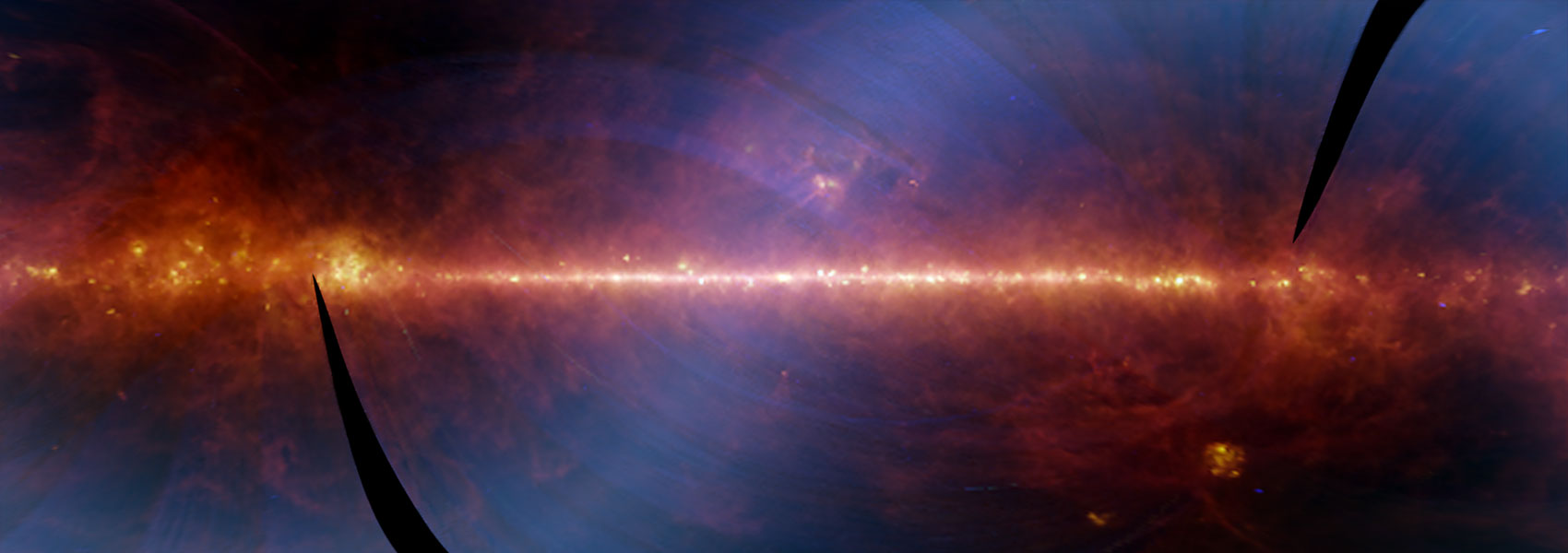September
2022
•
2022ApJ...937....8Y
Authors
•
Yao, Yuhan
•
Lu, Wenbin
•
Guolo, Muryel
•
Pasham, Dheeraj R.
•
Gezari, Suvi
•
Gilfanov, Marat
•
Gendreau, Keith C.
•
Harrison, Fiona
•
Cenko, S. Bradley
•
Kulkarni, S. R.
•
Miller, Jon M.
•
Walton, Dominic J.
•
García, Javier A.
•
van Velzen, Sjoert
•
Alexander, Kate D.
•
Miller-Jones, James C. A.
•
Nicholl, Matt
•
Hammerstein, Erica
•
Medvedev, Pavel
•
Stern, Daniel
•
Ravi, Vikram
•
Sunyaev, R.
•
Bloom, Joshua S.
•
Graham, Matthew J.
•
Kool, Erik C.
•
Mahabal, Ashish A.
•
Masci, Frank J.
•
Purdum, Josiah
•
Rusholme, Ben
•
Sharma, Yashvi
•
Smith, Roger
•
Sollerman, Jesper
Abstract
•
We present X-ray, UV, optical, and radio observations of the nearby (≈78 Mpc) tidal disruption event AT2021ehb/ZTF21aanxhjv during its first 430 days of evolution. AT2021ehb occurs in the nucleus of a galaxy hosting a≈107 M ⊙ black hole (M BH inferred from host galaxy scaling relations). High-cadence Swift and Neutron Star Interior Composition Explorer (NICER) monitoring reveals a delayed X-ray brightening. The spectrum first undergoes a gradual soft → hard transition and then suddenly turns soft again within 3 days at δ t≈272 days during which the X-ray flux drops by a factor of 10. In the joint NICER+NuSTAR observation (δ t = 264 days, harder state), we observe a prominent nonthermal component up to 30 keV and an extremely broad emission line in the iron K band. The bolometric luminosity of AT2021ehb reaches a maximum of ${6.0}_{-3.8}^{+10.4} \% {L}_{\mathrm{Edd}}$ when the X-ray spectrum is the hardest. During the dramatic X-ray evolution, no radio emission is detected, the UV/optical luminosity stays relatively constant, and the optical spectra are featureless. We propose the following interpretations: (i) the soft → hard transition may be caused by the gradual formation of a magnetically dominated corona; (ii) hard X-ray photons escape from the system along solid angles with low scattering optical depth (~a few) whereas the UV/optical emission is likely generated by reprocessing materials with much larger column density-the system is highly aspherical; and (iii) the abrupt X-ray flux drop may be triggered by the thermal-viscous instability in the inner accretion flow, leading to a much thinner disk.
Links



